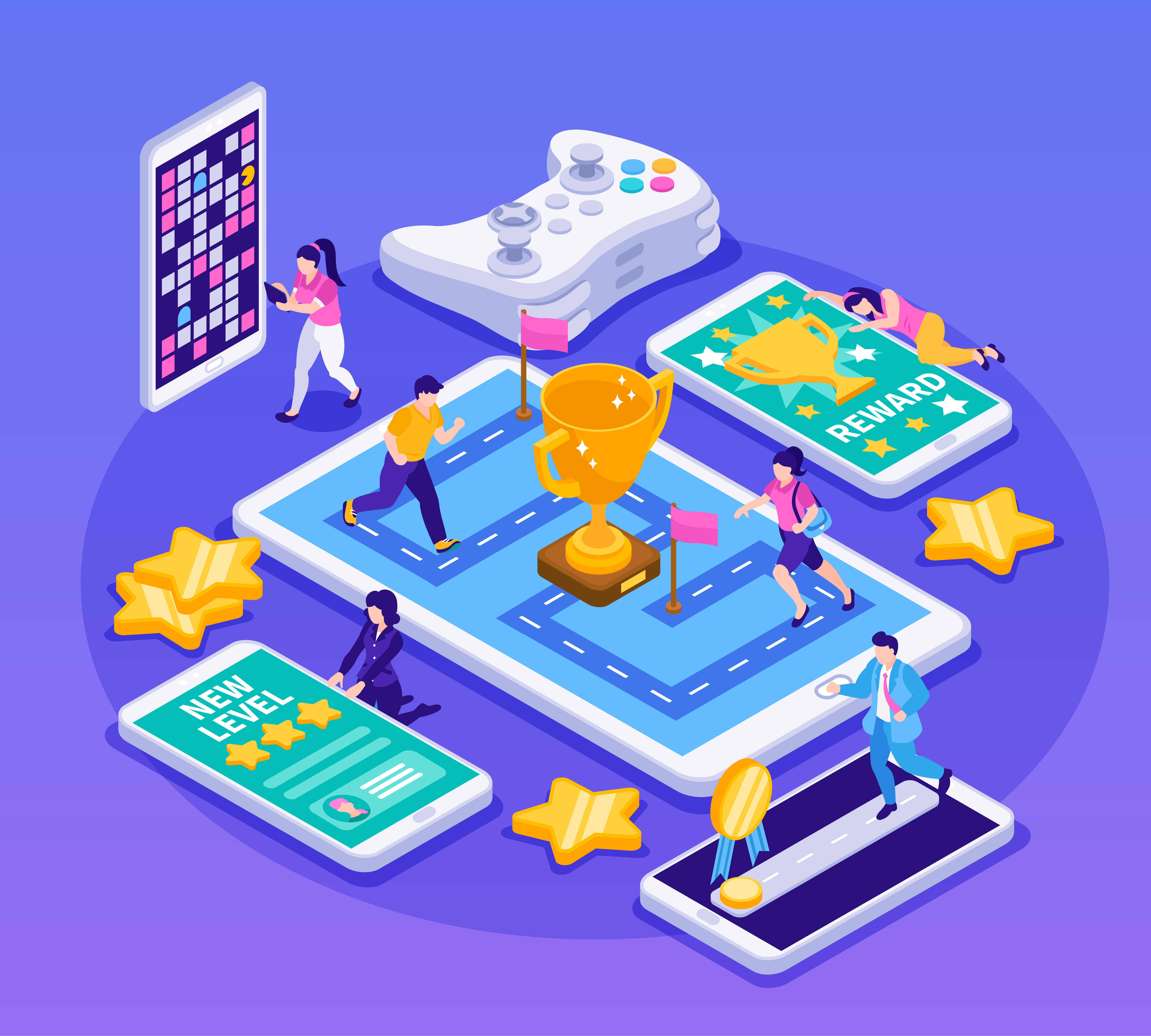HR Tech Trends 2025: Microlearning Future:
In the ever-changing HR landscape, talent management remains at the forefront of driving organizational success. Yet traditional approaches to training and development are often costly, time-consuming, and inflexible. Enter microlearning, a game-changing strategy to redefine HR talent management. With bite-sized lessons tailored to individual skill development, microlearning enables companies to retain top talent while fostering continuous growth.
This blog explores how microlearning transforms HR talent management strategies, boosts employee engagement, and aligns with modern workplace demands.
Understanding the Challenges of Traditional Talent Management
Effective talent management has always been a critical HR priority. However, challenges like these hinder success:
- Rigid Training Modules: Standardized training programs fail to cater to diverse employee needs.
- Time Constraints: Employees often struggle to balance training with their day-to-day responsibilities.
- Limited Retention: Studies reveal that traditional training formats result in low knowledge retention over time.
These obstacles underline the need for agile, engaging, and scalable learning solutions. These solutions require a learning approach relevant to today's times where the training methods must suit millennials and Genz at the workplace.
What is Microlearning?
Microlearning is a learning method that delivers information in small, focused bursts, typically taking 3-5 minutes to consume. Its key characteristics include:
- Focused Content: Targeting specific skills or concepts.
- Engaging Formats: Videos, infographics, and interactive flashcards.
- Mobile Accessibility: Learning anytime, anywhere.
Microlearning prioritizes efficiency and aligns perfectly with the fast-paced demands of modern work environments.
Microlearning’s Role in HR Talent Management
HR talent management is about acquiring, developing, and retaining the best talent. Microlearning supports these goals in several ways:
A. Enhancing Employee Development
Microlearning empowers employees to upskill quickly without disrupting their workflow. For example:
- Skill-Specific Lessons: Employees can access training tailored to their role, such as leadership strategies for managers or technical skills for IT staff.
- On-Demand Learning: Workers engage with content when it's most relevant, reinforcing active learning.
B. Improving Retention and Engagement
Gallup's research shows that engaged employees are 21% more productive. Microlearning drives engagement by:
- Offering bite-sized, interactive content that keeps learners motivated.
- Leveraging gamification and quizzes to increase participation.
C. Supporting Succession Planning
Developing future leaders is a cornerstone of HR talent management. Microlearning facilitates this by:
- Providing personalized leadership development tracks.
- Enabling knowledge transfer through quick, targeted lessons.
Discover how microlearning supports succession planning and contributes to the development of future leaders.
Why HR Teams Should Embrace Microlearning
A) Adaptability to Changing Workforce Needs
Microlearning can be customized to address specific organizational goals, whether it’s adapting to a new software rollout or cultivating soft skills in remote teams.
B) Cost-Effective and Scalable
Unlike traditional training, microlearning scales effortlessly across global teams, reducing the costs associated with venue rentals, travel, and printed materials.
C) Measurable Impact
HR teams can track participation, progress, and outcomes through advanced analytics, enabling data-driven decisions.
Success Story: Microlearning in Action
A multinational company implemented microlearning to address skill gaps among their sales teams. By rolling out 3-minute lessons on negotiation techniques and product knowledge, the company achieved:
- A 30% increase in sales team performance.
- Improved employee satisfaction scores.
- Reduced onboarding time for new hires by 50%.
This success highlights the transformative potential of microlearning in HR talent management.
Dive into the science behind how bite sized learning enhances knowledge retention.
Key Steps to Implement Microlearning in Talent Management
- Identify Skill Gaps: Use surveys or performance reviews to determine employee needs.
- Select the Right Platform: Invest in a mobile-friendly, data-driven learning platform like 5mins.ai.
- Create Engaging Content: Use videos, case studies, and quizzes to make learning interactive.
- Measure Outcomes: Monitor progress with analytics to ensure ROI on learning initiatives.
Conclusion: HR Talent Management Made Smarter
Microlearning is revolutionizing the way organizations approach HR talent management. By enabling agile, personalized, and cost-effective employee growth, microlearning ensures your workforce stays competitive in a dynamic business environment. HR leaders looking to enhance their strategies should explore the potential of bite-sized learning to achieve measurable results.
Frequently Asked Questions
What is talent management in HR?
Talent management is the strategic process of attracting, developing, retaining, and optimizing employee skills to meet organizational goals. It includes recruitment, onboarding, performance management, succession planning, and continuous development.
How does microlearning support talent development?
Microlearning delivers bite-sized training (3-10 minutes) that fits into daily workflows, enabling continuous skill development. It allows employees to learn specific skills exactly when needed, improving knowledge retention and application.
What are the benefits of microlearning for employees?
Employees benefit from flexible learning schedules, immediate application of skills, reduced overwhelm, personalized content paths, mobile accessibility, and faster competency development. This leads to higher engagement and career advancement opportunities.
How to implement microlearning in talent management?
Start by identifying skill gaps, create or curate 5-10 minute learning modules, integrate with existing LMS, enable mobile access, track completion and application metrics, and gather feedback for continuous improvement.
Discover how 5mins.ai can redefine your HR talent management strategy and help you unlock employee growth with access to 20,000+ bite-sized lessons tailored to your organization’s needs. Get a free trial today by clicking on the button below.
.png)


